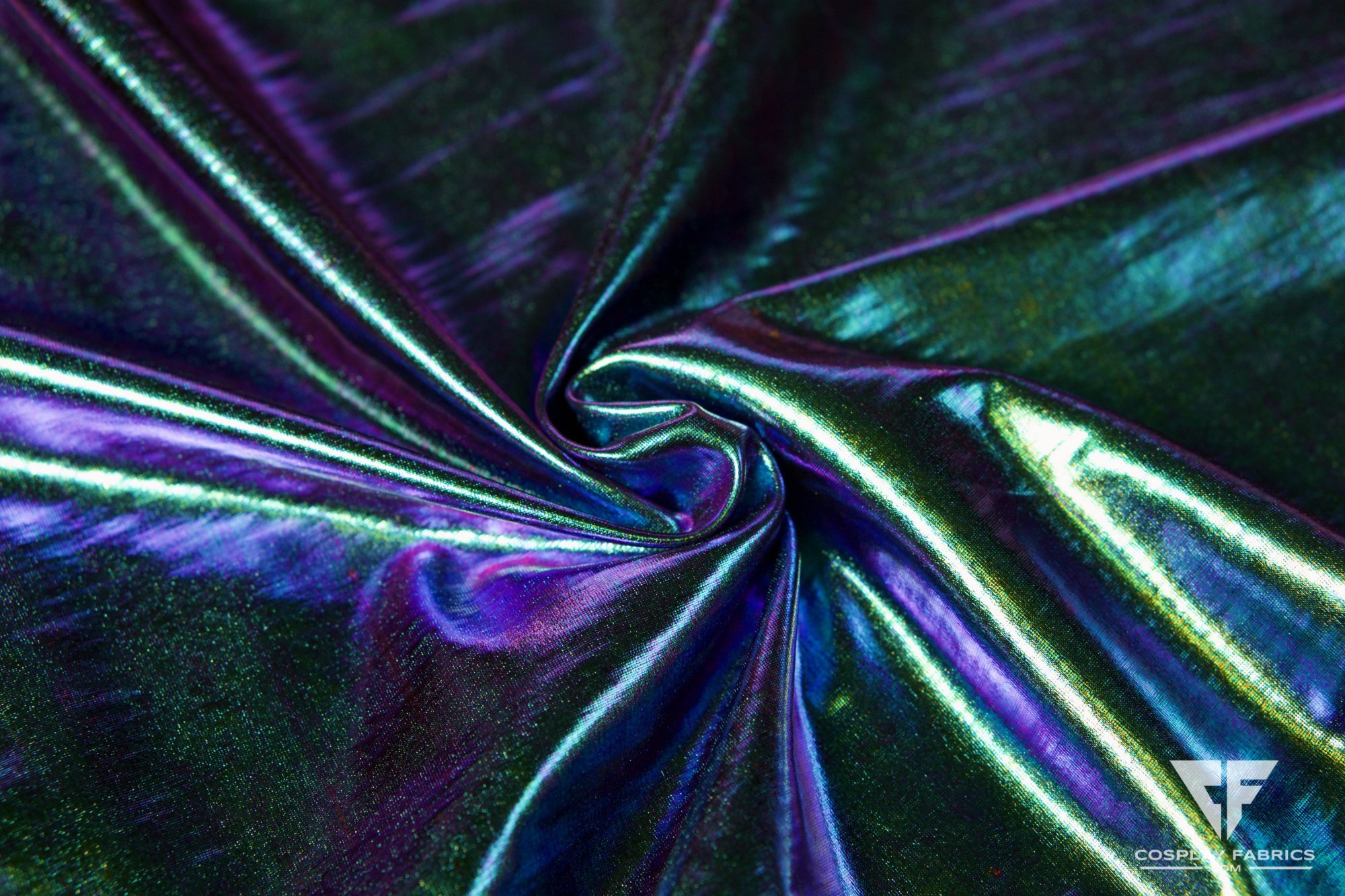Slick Material
If you're in the market for a material that is smooth and slippery, then look no further than slick material. This versatile material is used in a wide range of applications, from bumper fabric to creating oil slick effects in digital art.
Pain Points
One common problem that many people face when working with slick materials is that they can be difficult to manipulate and control. Their non-stick surface can make it challenging for artisans to get a grip on the material, which can lead to slips and mistakes. However, the benefits of slick material outweigh the challenges, and with some practice, anyone can become proficient in working with it.
Target of Slick Material
The target of slick material is to create surface properties that reduce friction, allowing objects to move more smoothly and quickly. It's why slick materials are often used in manufacturing processes to lubricate machinery and to increase the speed and efficiency of products moving along a production line.
Main Points
Slick materials are an essential ingredient in many industries, from fashion to automotive engineering. The materials offer a unique range of properties which can add value to products and help manufacturers reduce costs. Slick material is non-stick, durable and reliable, making it the go-to choice for anything that relies on consistent performance.
Slick Material Applications
One of the most popular applications of slick materials is in bumper fabrics for robotics and other machines. Bumper fabrics must be robust, reliable, and resistant to wear and tear. Slick materials offer a range of properties that meet these requirements and are also less expensive than other materials.

Another application of slick material is in the oil slick effects created for digital art. Slick materials create an iridescent and mesmerizing effect that can add depth and interest to a design.
Use in Automotive Engineering
Slick materials are commonly used in automotive engineering to make vehicles more aerodynamic and efficient. By adding slick materials to the body of the vehicle, manufacturers can reduce drag and make the vehicle more fuel-efficient. It's an essential step in the development of greener, more sustainable modes of transportation.

What Makes Slick Material So Effective?
The unique properties of slick material stem from their molecular structure. Slick materials are made up of long chains of carbon molecules, which have a smooth and slippery surface. This surface reduces friction and allows objects to move more freely over it. The result is a material that is tough, durable, and highly resistant to wear and tear.
The Future of Slick Materials
As more industries adopt slick materials, we can expect to see new applications of this versatile material in a range of new and exciting settings. From incorporating slick materials into our clothing to using them to make our electronic devices more robust, the future looks bright for this innovative material.
Question and Answer
Q: What is slick material made of?
A: Slick material is made up of long chains of carbon molecules that have a smooth and slippery surface.
Q: What are the benefits of using slick materials?
A: Slick material is non-stick, durable and reliable.
Q: What industries use slick materials?
A: Slick materials are used in a wide range of industries, from fashion to automotive engineering.
Q: What is the future of slick materials?
A: The future looks bright for slick materials, with new applications being discovered every day.
Conclusion
Slick material is the go-to choice for industries that require materials with a smooth and slippery surface, which reduces friction and makes products more efficient. With its unique range of properties that help reduce costs and increase performance, slick material is sure to remain popular for years to come.
Gallery
Creating Oil-Slick Materials With Octane For Cinema 4D | CG TUTORIAL

Photo Credit by: bing.com / materials slick cinema 4d material oil octane tutorial simulation creating texture rigging cinema4d software octanerender photorealistic
Slick Fabric

Photo Credit by: bing.com / slick yaya fabricgateway
Slick Blue Bumper Material 161in X 19.5in (+/- 0.25in) - AndyMark, Inc

Photo Credit by: bing.com / slick 25in 5in andymark
Super-slick Material Makes Steel Better, Stronger, Cleaner - Innovation

Photo Credit by: bing.com / steel water stronger salt slick material corrosive makes cleaner better super researchers demonstrated prone organisms effects way metal seas harvard
Slick Red Bumper Material 161in X 19.5in (+/- 0.25in) - AndyMark, Inc

Photo Credit by: bing.com / material 5in bumper slick red 25in andymark blue
